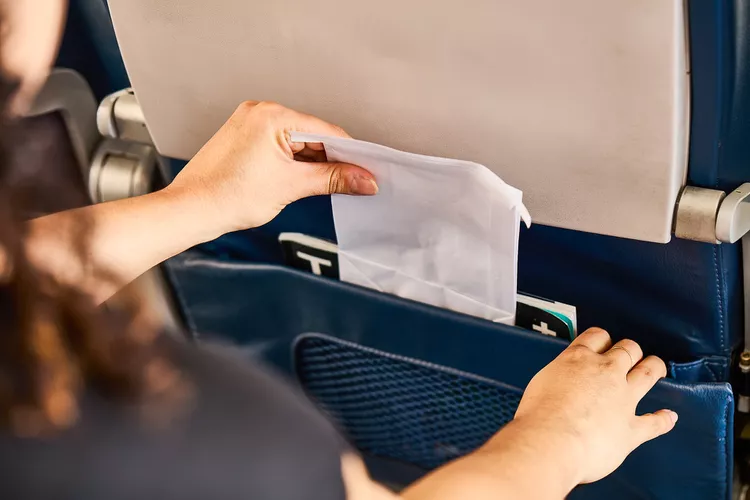Essential Tips to Prevent Air Sickness
For some, a flight is merely a period of confinement to one seat, while others dread the possibility of motion sickness that can arise during turbulence. Fortunately, there are strategies you can implement to mitigate this unpleasant experience.
Understanding air sickness is a crucial first step in combating it. This condition arises when there is a disconnect between what your inner ear senses and what your eyes perceive. For instance, watching a bumpy movie scene can trigger motion sickness even without physical movement.
According to the University of Maryland Medical Center, symptoms of motion sickness can include cold sweats, pale skin, headaches, dizziness, nausea, increased salivation, fatigue, and vomiting. A 2015 study indicated that approximately one in three individuals suffers from car sickness, mirroring the causes of air sickness.
Moreover, it’s been observed that anxiety and stress can exacerbate motion sickness, meaning the problem might not dissipate after your flight. Thankfully, there are several straightforward methods to reduce these side effects.
1. Skip the Reading Session
While it is recommended to focus on a stable scene or horizon line when experiencing motion sickness, reading can worsen the situation. Engaging with text adds additional movement, further disturbing your inner equilibrium.
2. Choose Your Airplane Seat Wisely
Seats located closer to the front of the aircraft and directly over the wings offer more stability, reducing the movement felt by your body during flights. Just like riding a bus, the further back you sit, the bumpier the ride typically is.
3. Be Mindful of What You Eat Before Flying
The Aircraft Owners and Pilots Association recommends eating a light meal the night before and on the day of flying. Heavy and salty foods can lead to dehydration, which is exacerbated by the dry air in airplane cabins. Instead, opt for lightweight meals, avoiding greasy options that could upset your stomach.
4. Utilize Air Vents for Relief
Direct airflow can significantly alleviate motion sickness symptoms in the confined space of an airplane seat. Adjusting the air vent above your seat to provide a refreshing breeze can help ease nausea.
:max_bytes(150000):strip_icc():format(webp)/TAL-accupuncture-wristband-CURES0624-5f45ed34de394062a434adf5106196a8.jpg)
5. Consider Acupressure
A study published in the Aviation, Space, and Environmental Medicine journal found that self-administered acupressure can alleviate motion sickness. To apply acupressure, use your thumb to press down on your wrist approximately two inches below the crease and hold for several minutes, adjusting the pressure as needed.
6. Try ‘Verbal Placebos’
A study in the Journal of Applied Psychology revealed that informing naval cadets they were unlikely to experience seasickness resulted in decreased reports of the condition. To replicate this effect, find a supportive friend who can reassure you about your travel experience, and adopt a mantra like “I can control my motion sickness” to repeat during stressful moments during your flight.
7. Opt for Ginger Ale
Ginger is well-known for its benefits to the digestive system. When the beverage cart arrives, request some ginger ale and sip it slowly to avoid uncomfortable air bubbles in your stomach. Alternatively, hard ginger candies can also be effective for soothing an upset stomach.
8. Pack Some Dramamine
If other methods fail, you may consider using medication designed to alleviate motion sickness. Be aware that some medications can induce drowsiness; however, sleeping through your flight can be a more pleasant alternative to battling discomfort in the cramped airplane bathroom.




